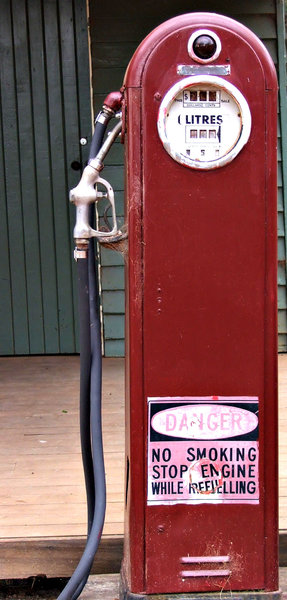The original metering pumps used a plunger mechanism, and came into use during the 1930s. They used a crank to drive the piston, and the flow rate of the pump could be changed by adjustment of the crank. Unfortunately, the piston had direct contact with the liquid being pumped, and so were subject to leaks, making the pumps inaccurate – especially when the fluids being pumped were corrosive or had a lot of suspended particles
This problem was solved 20 years later, with the introduction of hydraulic diaphragm pumps. In these pumps, the piston was separated from the fluid being pumped. A diaphram divided the pump into two chambers. The piston would drive hydraulic oil into and out of one chamber, which in turn would cause the diaphragm to flex. This flexing would displace water into and out of the other chamber. As the oil was clean and non-corrosive, the nature of the fluid being pumped would not affect the piston. The diaphragm was free from leaks and could be made of a corrosion-resistant material.
In the 1970s, solenoid technology was applied to metering pumps. The diaphragm was now flexed by the magnetization of a solenoid coil. This dropped the purchase cost of metering pumps significantly, due to a reduction in the number of moving parts, and also meant that maintenance was cheaper. Importantly, solenoid technology allowed metering pumps to accept electronic signals, moving the metering pump closer to the digital age.
At first these solenoid-driven pumps had a significant flaw – they could only be run at high speed. Therefore, they had reduced accuracy, could not be used to pump fluids that would be damaged by high-pressure pulses, and the diaphragm wore out faster than other designs. Over the years, motors have improved with new technology, from new kinds of motors, to digital flow meters and controllers, increasing their accuracy, regulating strokes with precision, and negating many of the flaws they once had.

